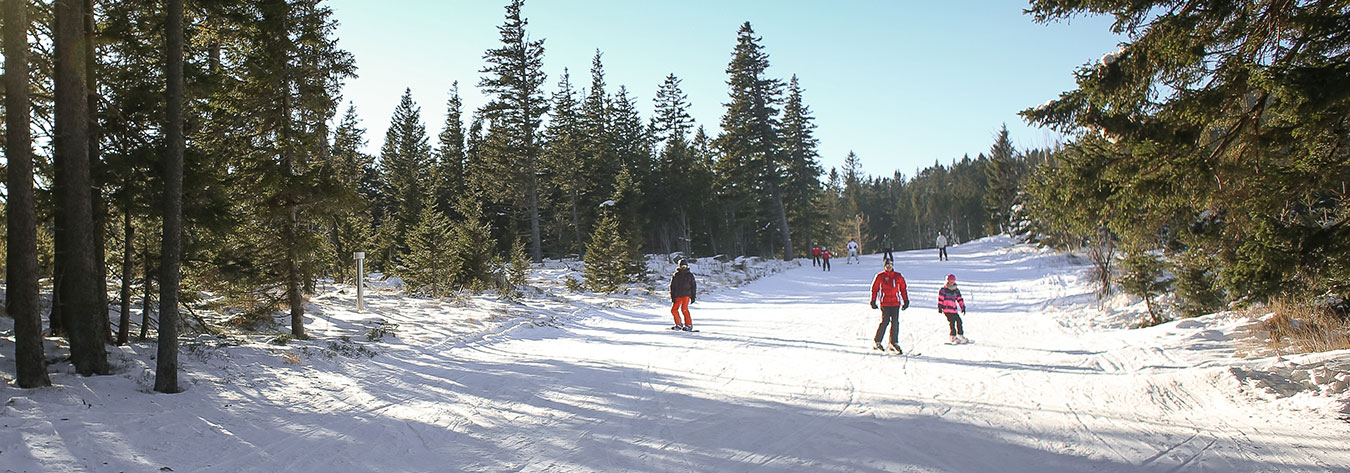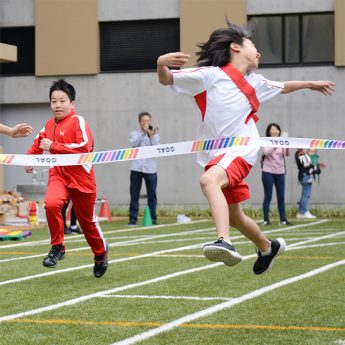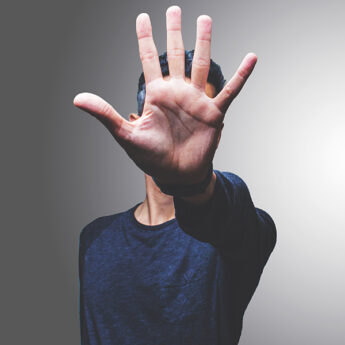- Be aware of your physical limits on the slopes
- Seek advice when trying new or more difficult terrain
- Lessons reduce injury, help you regain past ability
Nothing ruins a holiday like having to nurse an injury, and each winter, physiotherapists treat many avoidable cases. Get the right information and be adequately prepared.
In skiing and snowboarding, beginners and children have a much higher risk of injury than seasoned practitioners. Wearing the right protective gear—wrist guards for boarding and helmets for both skiing and boarding—is a simple step to reduce the risk of injury.
In addition to halving the risk of injury for beginners and children, studies have shown that taking professional lessons—even for the most advanced skiiers—is the best way to regain ability at the start of a new season.
Pushing boundaries is often part of the thrill of winter sports but be wary of going outside your comfort zone. Before heading down that black run or off-piste into powder, ensure you have the skills. Seek advice when approaching new terrain or a higher skill level.
Finally, keep environmental conditions and your tiredness in check. The “last run of the day” story is often heard in the clinic after injuries have been sustained due to poor visibility or fatigue.
Recently, professional boarders and skiers have come to consider yoga, including the following poses, as part of their strength and flexibility training to ensure they are adequately prepared to meet the demands of winter sports.
Downward-facing dog
Starting on your hands and knees, place your palms shoulder-width apart. Extend your knees, raise your hips up, and straighten your spine to come into an upside down V shape. Press your thighs back to stretch the back of your legs and hold for three to five full breaths.
Chair pose
Start standing with your feet hip-distance apart. Bend your knees and hips down towards the floor as though sitting on a chair, keeping your thighs parallel. Reach both arms forward, extending your spine and drawing your shoulder blades back and down. Hold for three to five full breaths.
Warrior 2
With a wide leg stance and your feet parallel, turn one foot to the front. Bend your front knee 90 degrees, keeping it directly over the ankle. With your rear leg straight, stretch out your arms sideways and extend your torso towards the ceiling. Hold on each side for three to five full breaths.
Revolved lunge
Starting from the pose warrior 2, inhale deeply and twist through the torso towards your front hip, bringing the palms of your hands together. Lean forward to hook the opposite elbow to the outside of your front knee, and gaze back towards the raised elbow. Hold for three to five full breaths and repeat on the opposite leg.
Disclaimer: Consult your doctor before commencing exercise to which you are unaccustomed or if you experience discomfort during exercise.








